-
When you click on links to various merchants on this site and make a purchase, this can result in this site earning a commission. Affiliate programs and affiliations include, but are not limited to, the eBay Partner Network.
-
Posts
6,546 -
Joined
-
Last visited
Content Type
Forums
CGC Journals
Gallery
Events
Store
Posts posted by Pat Calhoun
-
-
this does look really good- I LIKE giant crossbows.
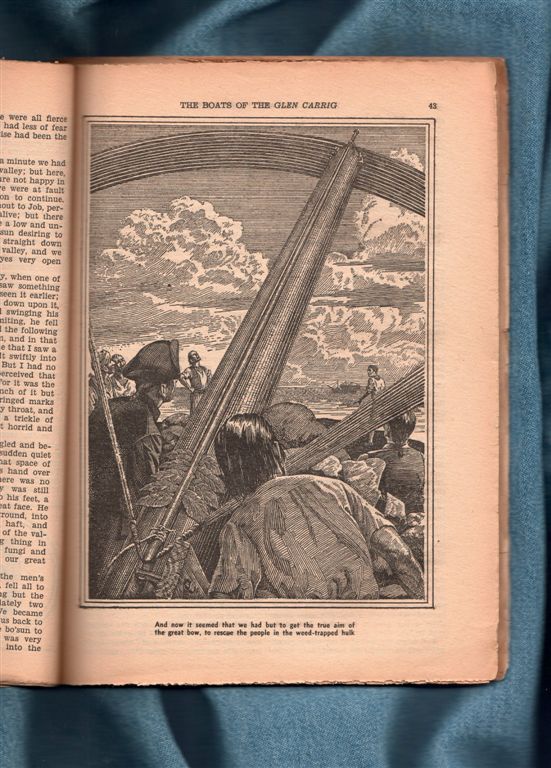
-
well I haven't read the 'Glen Carrig' I posted couple pages back but know he's master of sea stories from 'The Derelict' a 20-pager where- shades of the Heap- a shipwreck rotting away slowly turns into a gigantic life form and woe to those who come upon it and board! haven't read 'The Night Land' (very long!) but know that it inspired Clark Ashton Smith's superlative 'Zothique' which inspired Vance's 'Dying Earth' etc. 'Carnacki the Ghost Finder' is a series of long shorts- some ghost breaking hoaxes and some real supernatural with the 'dimensional' effects we seek... but no doubt 'the House' stands tall amongst his works.
y'all get me going and one thing leads to another: 'Quant Suff' is the mantra of the 'Scientific People' Gully Foyle encounters on an asteroid in one of the greatest SF novels of the '50s- 'The Stars My Destination' (1956). threw in DJ of his '53 Hugo winner. JCC date 12/25/56- a gift from his (our) Dad- Cleverly inscribed: 'from one demolished man to another'...
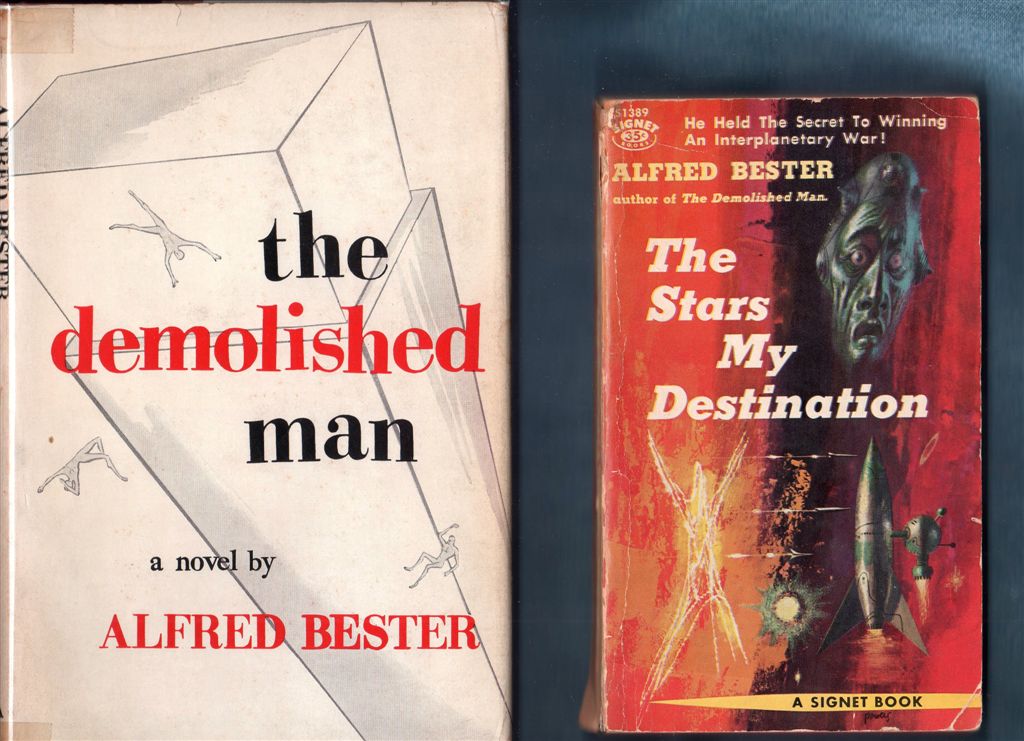
-
well it's the biggest show for a very small hobby! but if you're hankering for old PBs, pulps, related OA, meeting some folks in the biz, etc, could be worthwhile... my memory of in the '80s: one big dealer room with guests of honor at table in corner- not too much else... still was quant suff! plus I'm hoping you and Hodgson are getting along!
"Taken to Germany, the eggs hatch into monstrous blood-sucking flies the size of horses."
this fly isn't the size of a horse but still kinda unsettling...
-
Valley of the Worm Part 2... since my wife put up her latest artquilt/wallhanging in my book room is fair game... (1st 2 pix gcd)
-
-
end of line for 6 long runners
-
it is a great Paul cov and Curt's story got the spot!
-
groovy Jon- I knew talking about Ricca would flush you out!
-
Very Cool! and his bro directed some good film noir- Woolrich's 'Phantom Lady' in '44, as well as cult-classic 'Cobra Woman' same year etc. My Bantam seems to have a sig...
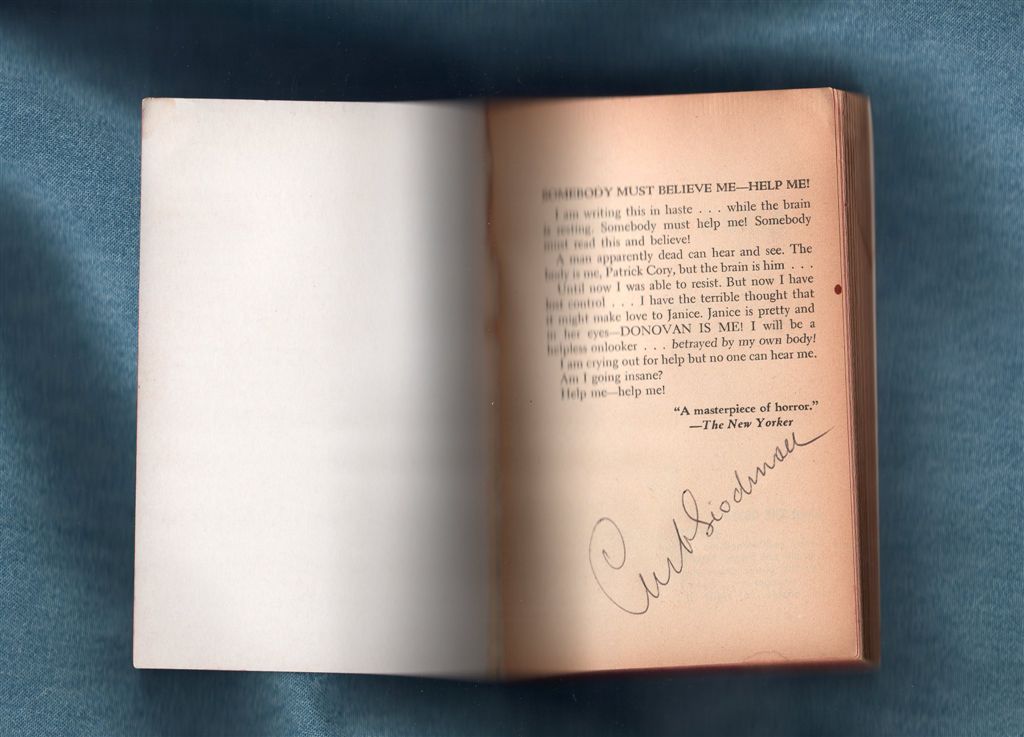
-
The 'crown jewels' of Lion Books, Martin Goodman's PB line, were the PBO's (paperback originals) by Jim Thompson. 108 Nov 1952 218 Jul 1954. 'A Hell of a Woman' is my fave of his books- the ending is a grisly yet literary tour de force.
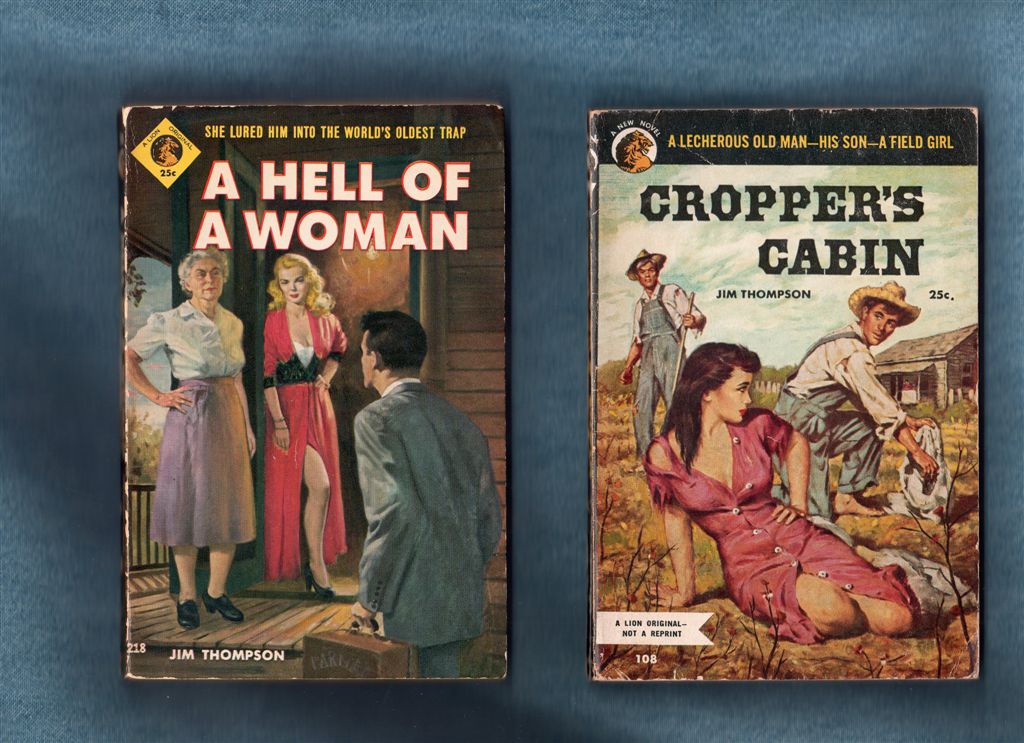
-
back in the '80s when PBs were my main squeeze (not much $ involved) I hit LA couple times- FUN! both below are 1950- the Hillman (Vance) is first book publication of a fantasy classic!
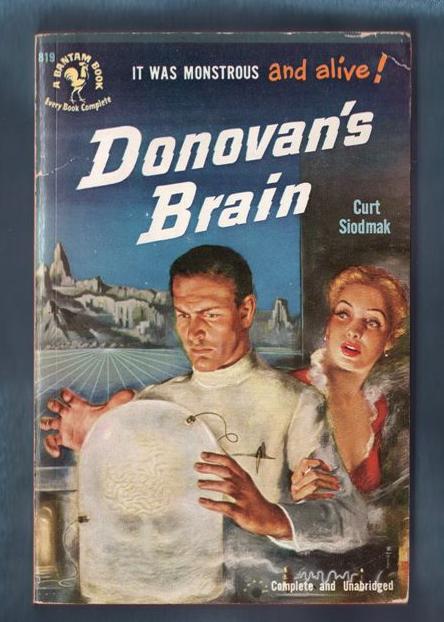
-
BB-
I'd be curious as to any comments you could make on the Chesler interiors- when you're ready...
-
here's a famous Ricca DJ from 1931
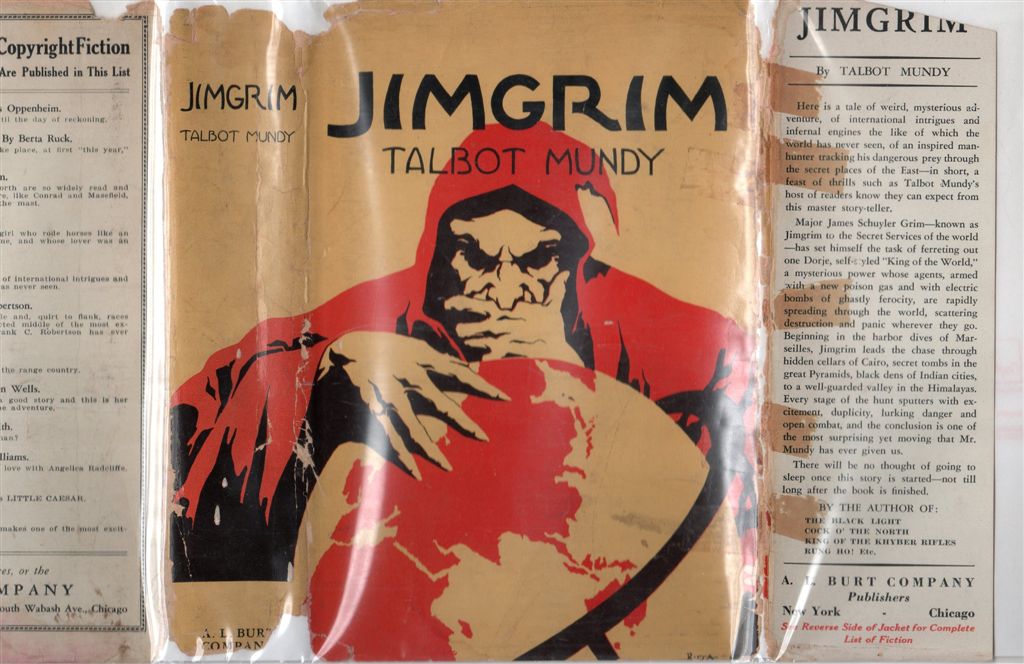
-
good 'move' on the Chesler chess cover by Gus Ricca- here's what Ken Quattro said about it:
Chesler was a Runyon-esque character. “He'd come in wearing a hat on the back on his head with a watch chain in his vest," Gill Fox recalled to Jim Amash in Alter Ego #12, "He reminded me of a fight promoter, and he smoked a cigar.” Gus Ricca’s cover to Dynamic #12 is most likely a nod and a wink to that description of his boss. A demanding employer, many of his former artists referred to his studio as a humorless ’sweat shop’. Chesler’s infamous ’frugality’ led to his being derisively nicknamed “Harry Chiseler” behind his back.
-
wow- 2 mummy covers- nice colorful detail on the sarcophagus MA #23
-
yeah that Plas #10 cov is a GA Gem! probably fun inside too... and of course your copy clean and bright!
-
2 Stephen Fabian plates for ‘The Dream of X’ published in 1977 by Donald Grant. This was a synopsis of Hodgson’s 2 vol ‘The Night Land’ (1912) which he used to secure US copyright. In a nice eldritch touch he described the short version as recovered from the ashes after the author burned the original.
‘The House on the Borderland’ (1907) came out from Ace in early 1960s when Wollheim was introducing a new generation to some fantasy triumphs.
(re HP on BC- Kalpa is a Sanskrit word meaning an aeon, or a long period of time in Hindu and Buddhist cosmology.)
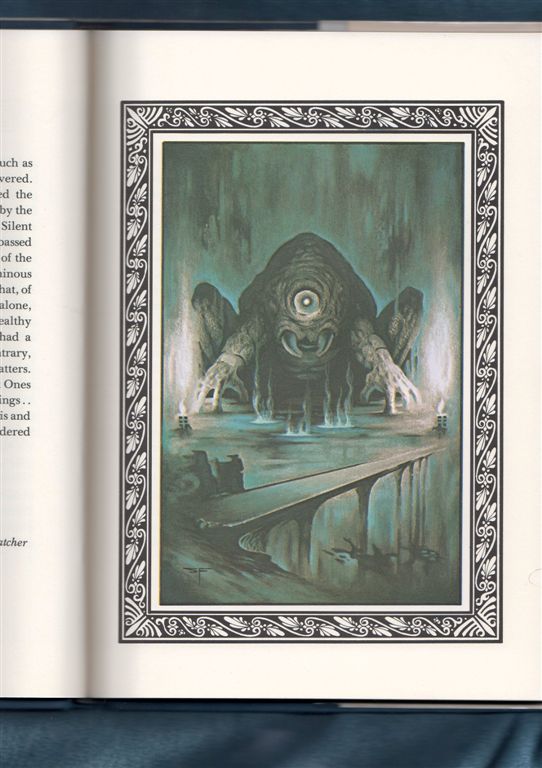
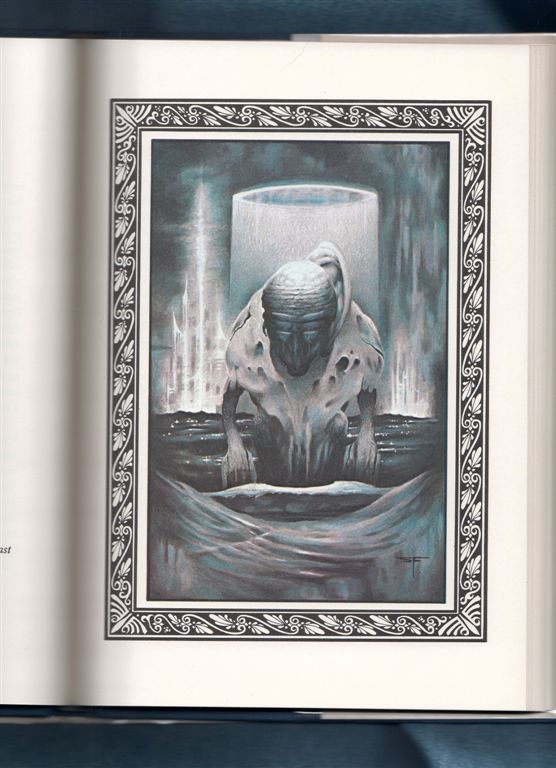
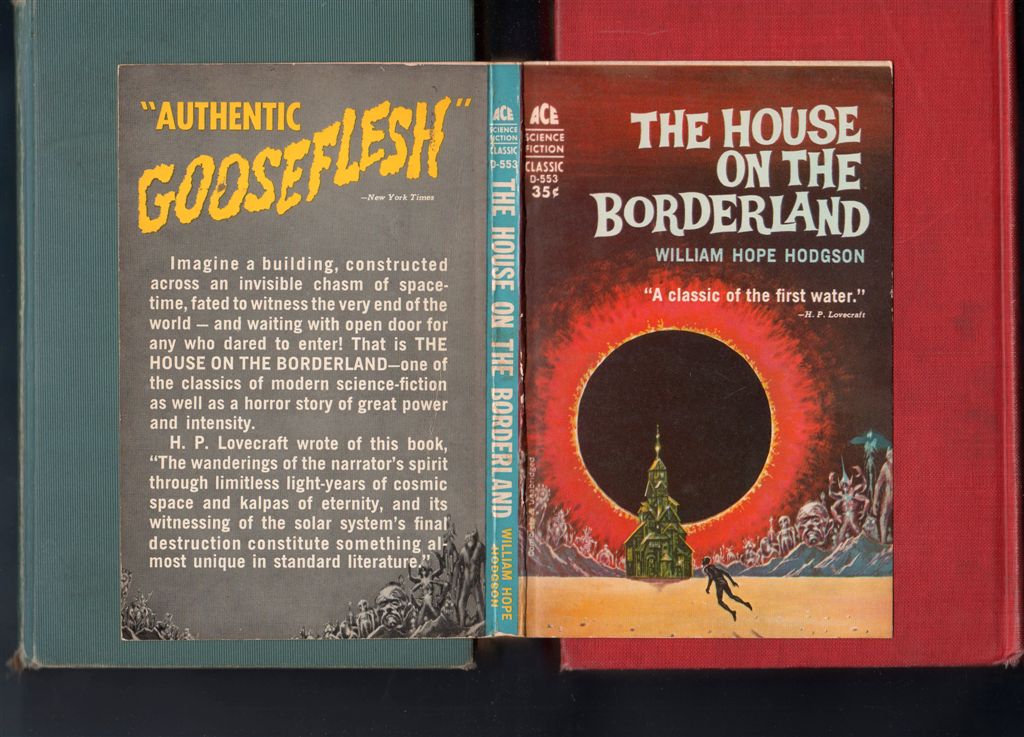
-
Superb REH, Wonderful Wesso, and now this Buck Extravaganza, Blazing Comets- are you streaking across the sky! thanks for some sweet posts! Pat
-
well, that said, FFM can be pretty cool (& cheap!)- they used Lawrence Sterne Stevens art a lot covs (Skull-Face above was his) & ints- and he's real good! here's June 1945- all Lawrence in & out on a novel by the great William Hope Hodgson who wrote many classics before getting blown to bits on a WW1 battlefield...
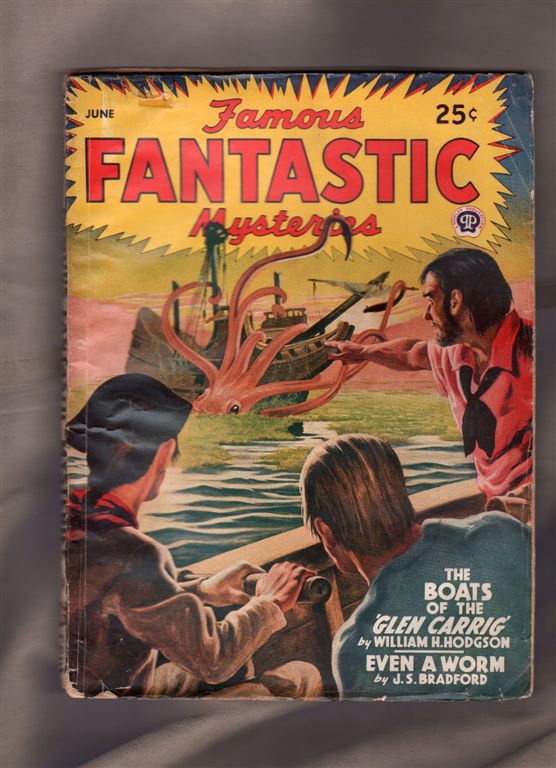
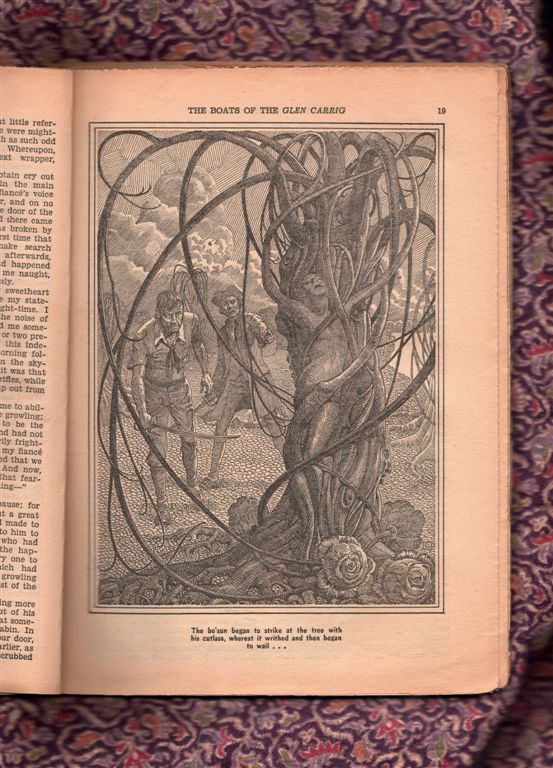
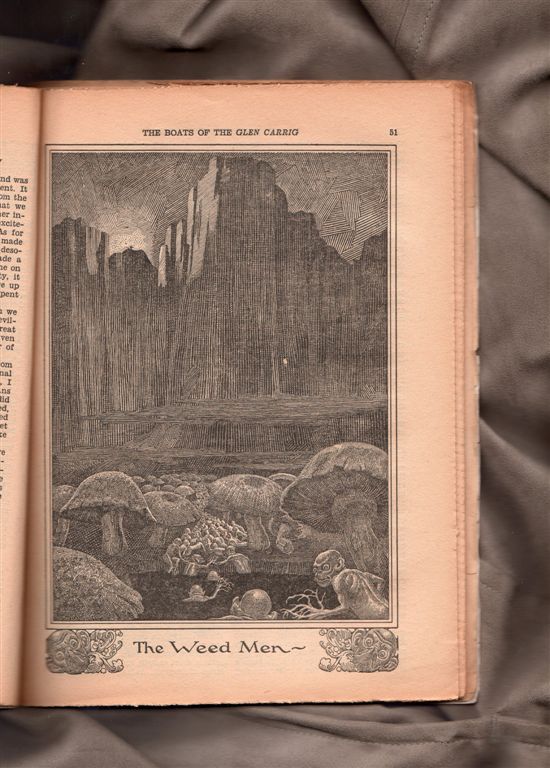
-
Robert E. Howard Foundation website very interesting as is REH 'Tales of Weird Menace' book- made me pull out my Dec 1952 Famous Fantastic Mysteries for a glance at old Skull-Face...
-
Jeff-
good work on Strange Tales Oct 1932- I'm assuming cover is Wesso as are most Claytons- and have always thought Hans Wessolowski one of the most unsung pulp artists and this to be one of his best!
-
from pulpartists.com (image too- scans tough from my bound vols)
PAUL ORBAN
(1896-1974)
Paul Orban was born June 23, 1896 in Budapest, Hungary. Both of his parents were also Hungarian. He had an older sister, Margaret. His father was a blacksmith also named Paul Orban. His mother's name is unknown. She died around the time of his birth. His father married a second wife in 1900, Paulina Orban, who was his stepmother. A step-sister was born in 1901. That same year his father emigrated to the U.S. to escape poverty in Hungary. In 1902 he brought his son and daughter to live with him in Chicago, Illinois, and by 1904 he could afford to bring his second wife and step-daughter. They all lived at 2440 Clybourn Avenue.
In 1910, at the age of fourteen, he happened to sell a watercolor for five dollars, which convinced him to concentrate on a career as a artist. According to a friend of the artist, "he decided such "easy" money was for him!"
From 1913 to 1917 he studied at the Chicago Academy of Fine Arts. His first published assignments were pen and ink drawings for The Chicago Sunday Tribune in 1915, where he worked as a staff artist.
In 1917 he married Dorothy Orban, whose family was from Chicago. They moved to 4620 North Sheridan Road.
In 1918 he became a naturalized citizen and reported for draft registration. He was recorded to be of medium build, slender, with brown eyes and dark brown hair, with no disqualifiying disabilities.
After the war he became art director at a Chicago advertising agency, where he worked for most of the 1920s.
In 1921 they had a son named Paul John Orban. His wife died around the time of their son's birth.
In 1929 he married his second wife, Karin Anna Orban, who was a swedish immigrant. They moved to New York in order to pursue a freelance art career. They lived at 303 Sheridan Boulevard in Mount Vernon, NY, where they rented the apartment for $65 a month.
After 1930 he began to sell freelance interior story illustrations to pulp magazines, such as Golden Book and Clues. He was soon very busy doing interiors for Astounding, The Avenger, Detective Novels, Doc Savage, Exciting Western, Giant Detective, Horror Stories, Popular Detective, Popular Baseball, Popular Western, Rodeo Romances, The Shadow, Texas Rangers, Thrilling Mystery, Thrilling Ranch Stories, Thrilling Sports, Top-Notch, Triple Western, Unknown, and Western Story.
In 1952 he illustrated several hardcover books for the John C. Winston Publishing Company of Philadelphia.
In the 1960s he worked for the science fiction digest magazine, Analog.
He moved to Mount Kisco, New York, in Westchester County.
According to an editor of the Winston Science Fiction series, "Paul Orban is a pleasant, soft-spoken man with a deep enthusiasm for the difficult job of visualizing the vague descriptions of writers."
Paul Orban died at age seventy-seven in April of 1974.
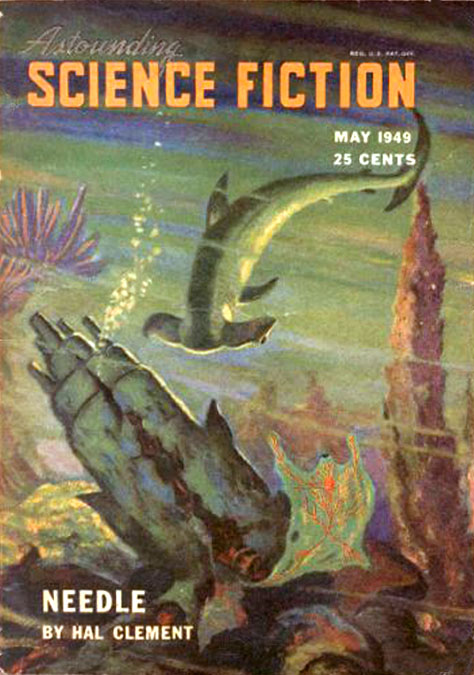
-
#1 February 1953 Bok outside Conan inside...
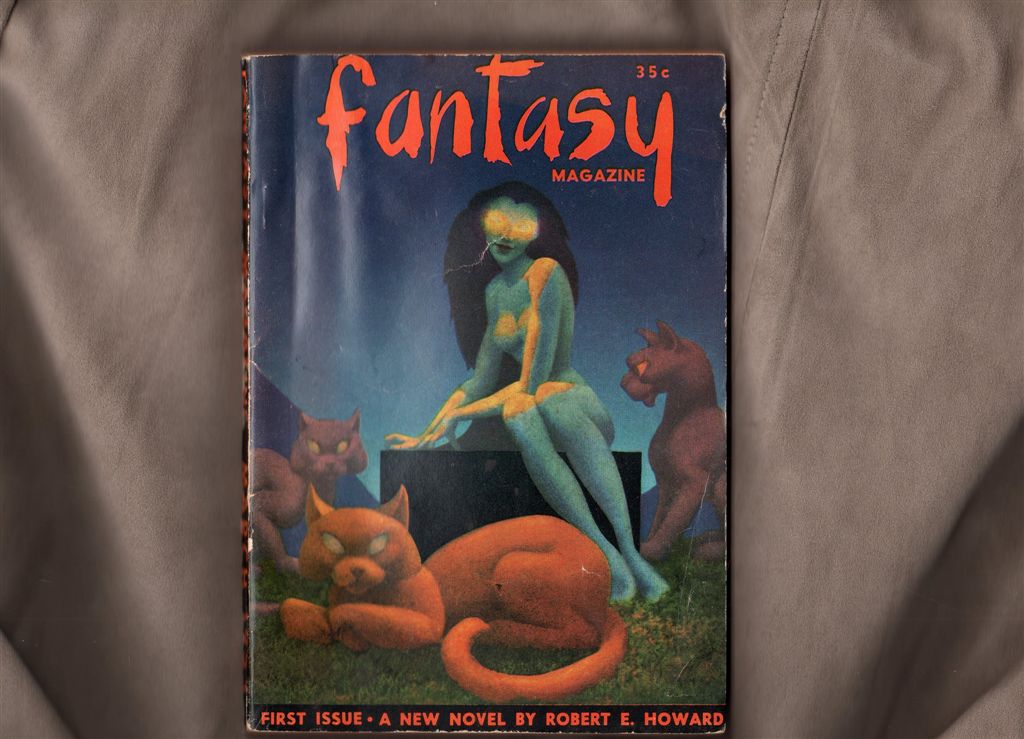
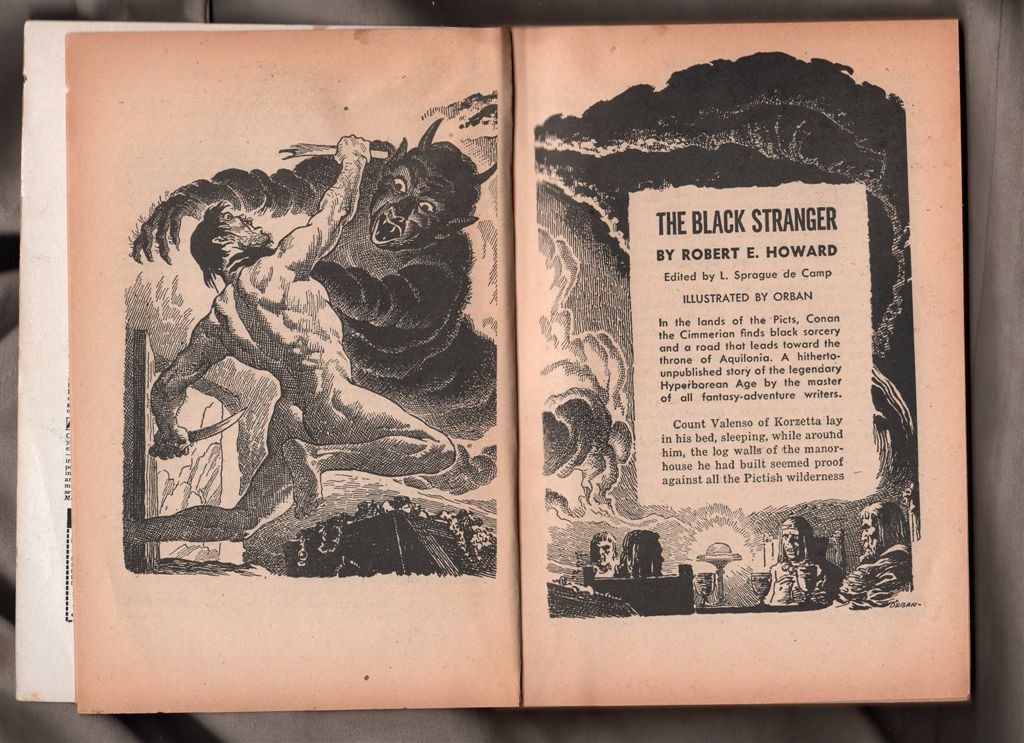
-
I wish more of the Fantasy Press books had illustrated endpapers. Here are Bok's from ' The Crystal Horde', by John Taine (1952 from 1930 Gernsback mag).
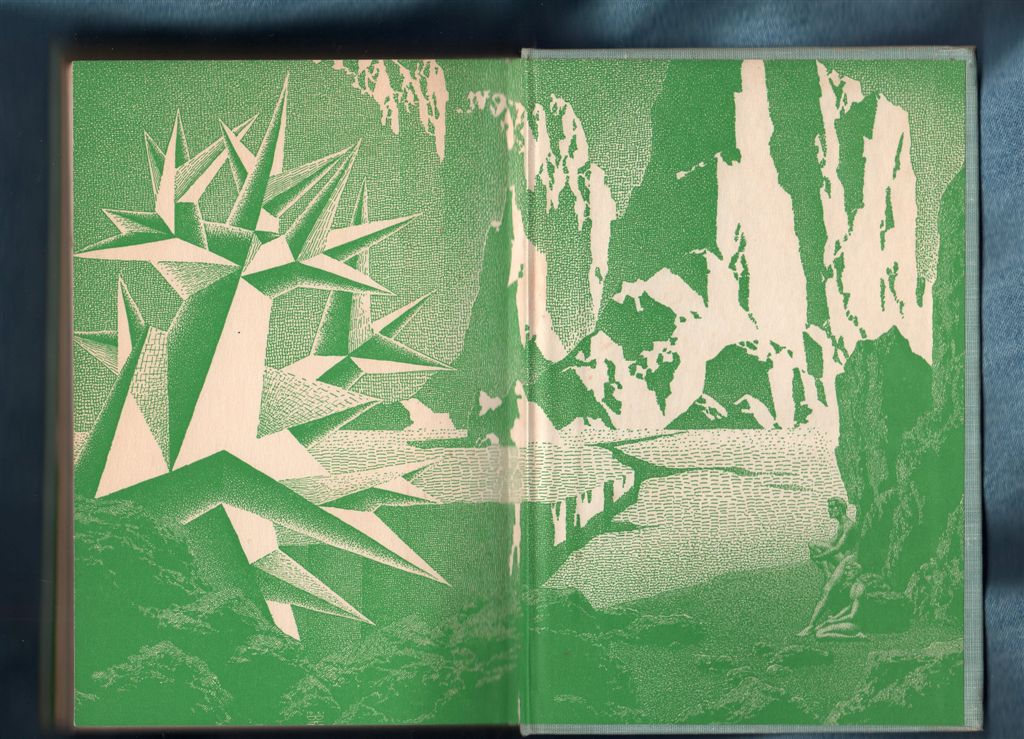



Golden Age Collection
in Golden Age Comic Books
Posted
more like shoes, but those bumper cars are much like shoes too